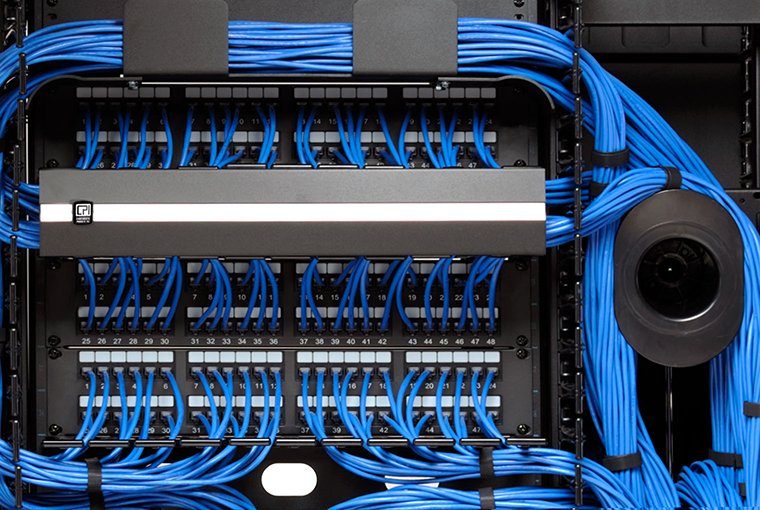What Is Network Cabling Design?

Network cabling design involves the planning, layout, construction, and maintenance of multiple layers of physical and logical connectivity through the deployment of redundant link cables, or LANs, in a data network. These services range in complexity from a basic consultation to a detailed design, installation, implementation, and documentation of multiple layer network infrastructures and connection of multiple networks to one another.
Network cabling design begins with the need for the appropriate wiring configurations. A company or an individual will then begin the process of determining which cabling is necessary to support the various applications and systems and will determine the appropriate specifications. The cost associated with the process of cabling design depends on the number of installations, their complexity, and the overall design of the data network.
The major areas of focus when conducting cabling design include data centers, LAN networks, routing, Ethernet, telephone, and voice communications. When designing a network, it is necessary to find out more about the cost involved in purchasing the cabling, the amount of labor required to install the cabling, the potential for expansion, and the future maintenance of the network. The most effective and efficient network can be achieved by the proper selection of the proper cabling design and installation techniques, as well as the proper management and maintenance of the system. A properly designed and implemented network is one that is cost-effective, efficient, reliable, easy to use, easy to manage, and provides the greatest amount of bandwidth for the given amount of investment.
While cabling design is not often considered by many when purchasing network equipment, this service is extremely important in the operation of various businesses, as it provides an excellent connection between computers and devices. There are various types of cabling available, including twisted-pair, multi-mode, optical fibers, coaxial cables, USB, and coaxial cable assemblies. All cabling designs have different levels of quality and performance, and all have to be tested and validated before being installed in a business or home network. There are two major standards for cabling design: ANSI/568-C and ISM, or ISO/568-B.
Many cabling design companies offer specialized services to ensure the best possible performance and reliability of the connections. These services include cable laying, testing, crimping, cutting, stripping, crimping and soldering, and bonding, and soldering. In addition to these services, cabling design companies like CTC Technologies can also provide additional services such as installation of termination and connector devices, and hardware, and software, and routing of the cabling.
The Internet has become one of the premier sources of information regarding cabling design services. There are a variety of Internet sites that provide complete information on these services, as well as information on how to become certified as a professional cabling design professional. Additionally, there are many books, magazines, ebooks, and training materials that can help individuals and companies to learn more about the different types of cabling and the different types of installation techniques. Find out more details in relation to this topic here: https://en.wikipedia.org/wiki/Cable_Internet_access.
